Text
Wrinkles on Collapsing Bubbles

As a bubble sitting on a pool collapses, wrinkles form around its edges. Visually, the result is quite similar to the wrinkles one gets on an elastic sheet. (Image and research credit: O. McRae et al.) Read the full article
155 notes
·
View notes
Photo

Aerial Photography Awards 2020
Follow the source link below for more information and credits.










2K notes
·
View notes
Link
Traditional plastics are made from non-renewable petroleum and take centuries to degrade. German scientists have developed a new plastic alternative that should break down within 12 months. The scientists at Germany’s Fraunhofer Institute for Production Systems & Design Technology made this eco-friendly plastic from industrial waste, particularly fats, containing significant…
34 notes
·
View notes
Text
Preventing Flooding



The Dutch have been exceptional water engineers for centuries, a necessity in a country where more than a quarter of its territory lies below sea level. (Video and image credit: TED-Ed) Read the full article
426 notes
·
View notes
Video
Elastic wood
It looks like wood, and it’s even made from wood. But what’s special about the so-called elastic wood made in Liangbing Hu’s lab at the University of Maryland, College Park, is that it can be squished—and it bounces—as if it were made of rubber. The recipe for elastic wood is fairly simple, but it’s harsh: Boil balsa wood in a solution of sodium hydroxide and sodium sulfite for several hours, freeze it for a couple of days, and then freeze-dry it for another day. The procedure breaks down the rigid structure of the wood by chemically chopping up the long molecular chains of lignin and hemicellulose inside the cell walls. This makes the cell walls thinner, and it also makes the cell walls release cellulose fibrils, which get tangled up and form a gel network inside the wood’s natural pores. The thinner cell walls make the wood squishy, and the water-filled gel gives the material the springiness that makes it flexible and bouncy, so bouncy that University of Maryland postdoc Chaoji Chen can bounce an elastic wood sphere like a Super Ball (below). — Manny Morone

Credit: Liangbing Hu’s research group. Read the paper here (ACS Nano 2020 DOI: 10.1021/acsnano.0c04298).
Do science. Take pictures. Win money. Enter our photo contest here.
Click here to see more Chemistry in Pictures.
2K notes
·
View notes
Photo


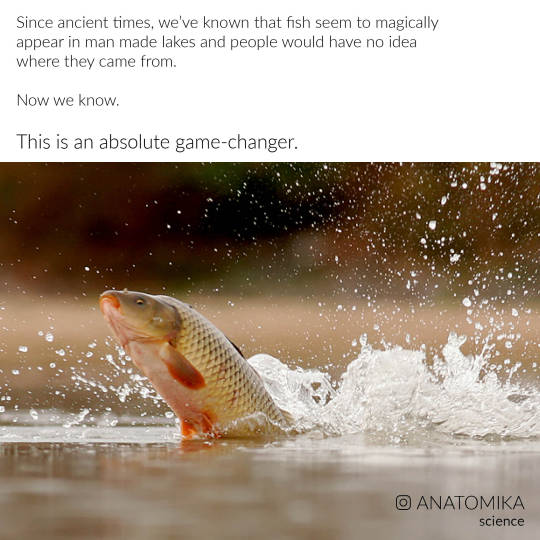
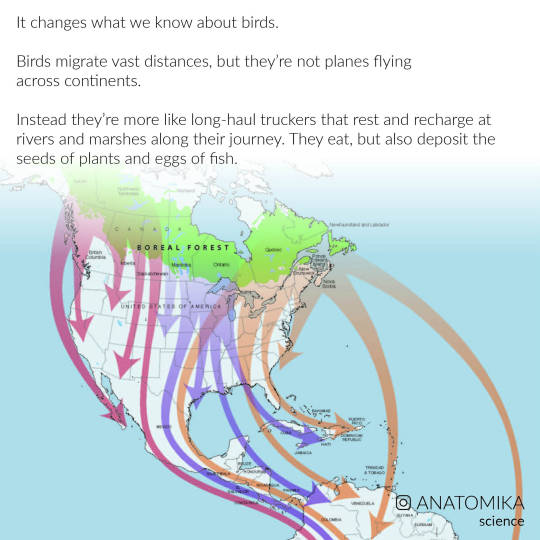
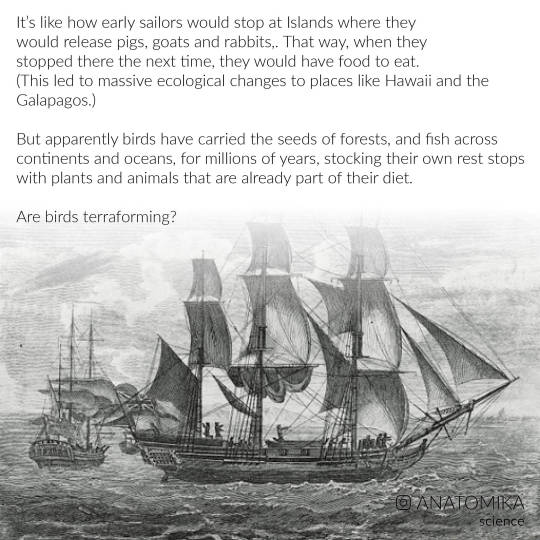
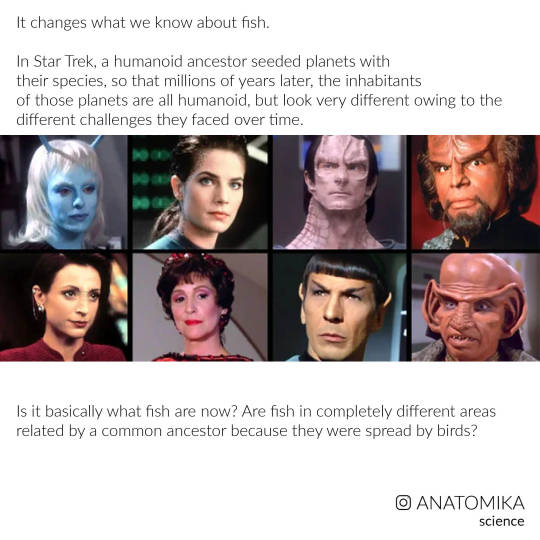

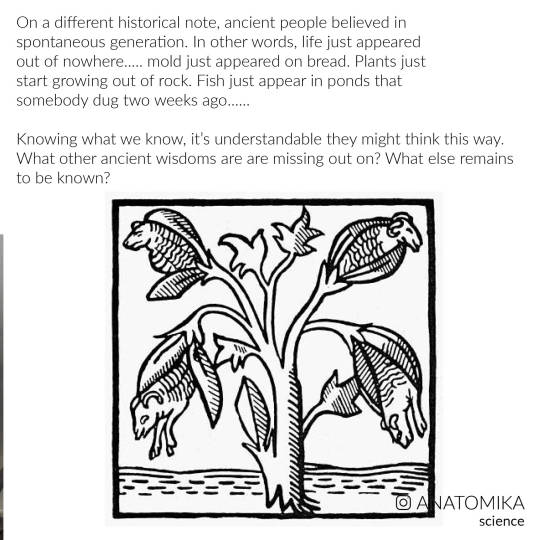
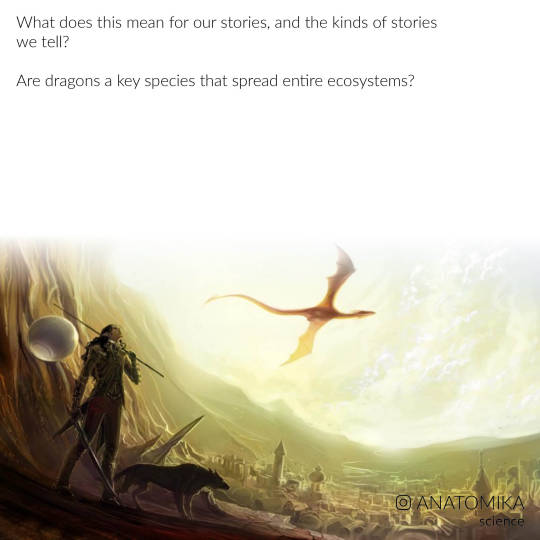
I’ve not had time to write a post in a while. This post is probably somewhat confusing. But this discovery is so goddamn neat. We’ve just scratched the surface on something remarkable and I have so many questions. Here’s the study: https://www.pnas.org/content/early/2020/06/17/2004805117 Other places to see my posts: INSTAGRAM / FACEBOOK / ETSY / KICKSTARTER
47K notes
·
View notes
Text
Tracking the Sun’s Cycles
Scientists just announced that our Sun is in a new cycle.
Solar activity has been relatively low over the past few years, and now that scientists have confirmed solar minimum was in December 2019, a new solar cycle is underway — meaning that we expect to see solar activity start to ramp up over the next several years.

The Sun goes through natural cycles, in which the star swings from relatively calm to stormy. At its most active — called solar maximum — the Sun is freckled with sunspots, and its magnetic poles reverse. At solar maximum, the Sun’s magnetic field, which drives solar activity, is taut and tangled. During solar minimum, sunspots are few and far between, and the Sun’s magnetic field is ordered and relaxed.

Understanding the Sun’s behavior is an important part of life in our solar system. The Sun’s violent outbursts can disturb the satellites and communications signals traveling around Earth, or one day, Artemis astronauts exploring distant worlds. Scientists study the solar cycle so we can better predict solar activity.

Measuring the solar cycle
Surveying sunspots is the most basic of ways we study how solar activity rises and falls over time, and it’s the basis of many efforts to track the solar cycle. Around the world, observers conduct daily sunspot censuses. They draw the Sun at the same time each day, using the same tools for consistency. Together, their observations make up the international sunspot number, a complex task run by the World Data Center for the Sunspot Index and Long-term Solar Observations, at the Royal Observatory of Belgium in Brussels, which tracks sunspots and pinpoints the highs and lows of the solar cycle. Some 80 stations around the world contribute their data.

Credit: USET data/image, Royal Observatory of Belgium, Brussels
Other indicators besides sunspots can signal when the Sun is reaching its low. In previous cycles, scientists have noticed the strength of the Sun’s magnetic field near the poles at solar minimum hints at the intensity of the next maximum. When the poles are weak, the next peak is weak, and vice versa.
Another signal comes from outside the solar system. Cosmic rays are high-energy particle fragments, the rubble from exploded stars in distant galaxies that shoot into our solar system with astounding energy. During solar maximum, the Sun’s strong magnetic field envelops our solar system in a magnetic cocoon that is difficult for cosmic rays to infiltrate. In off-peak years, the number of cosmic rays in the solar system climbs as more and more make it past the quiet Sun. By tracking cosmic rays both in space and on the ground, scientists have yet another measure of the Sun’s cycle.

Since 1989, an international panel of experts—sponsored by NASA and NOAA—meets each decade to make their prediction for the next solar cycle. The prediction includes the sunspot number, a measure of how strong a cycle will be, and the cycle’s expected start and peak. This new solar cycle is forecast to be about the same strength as the solar cycle that just ended — both fairly weak. The new solar cycle is expected to peak in July 2025.
Learn more about the Sun’s cycle and how it affects our solar system at nasa.gov/sunearth.
Make sure to follow us on Tumblr for your regular dose of space: http://nasa.tumblr.com.
2K notes
·
View notes
Photo

Companies from Silicon Valley to Wall Street have publicly denounced racism since the protests following the killing of George Floyd. But Americans are divided on whether it’s important for firms to weigh in on political and social issues. And they are more likely to believe pressure from others – more than genuine concern for Black people – has driven recent statements about race, according to a new survey.
Read more in our blog post: Americans see pressure, rather than genuine concern, as big factor in company statements about racism
55 notes
·
View notes
Photo

Muntjac chromosome evolution go nyoooom
For comparison of how quickly the muntjac’s chromosomes have reconfigured: Scientists estimate that the Reeves’s and Indian muntjacs diverged about 4.9 million years ago. Meanwhile, humans and great apes diverged 2-3 times farther back, but still have 46 and 48 chromosomes respectively.
Transcript below the cut.
Keep reading
2K notes
·
View notes
Note
The evolution of wings in insects doesn’t seem as easy to explain as it is in birds and bats since they’re not modified legs. I read that they could have evolved from gills but that we aren’t really sure. Are there any other popular theories? Do you have your own thoughts on the subject? On a related note, do you have a favorite prehistoric insect?
Past science on the evolution of wings in insects were based on two main origin theories; 1. that wings evolved from novel outgrowths from the body wall or 2. from already pre-existing structures. For the 2nd pre-existing theory researches pointed out ancestral structures like legs, thorax, paranotal lobe, gills and other respiratory structures as being possible origins to wings. With most of the science around this focusing on this pre-existing origin.
Today there are currently three main theories on insect wing evolution: the gill/exite theory, paranotal lobe theory, the Endite-exite theory.
The Gill/ Epicoxal Theory
This theory proposes that insect wings developed from the movable abdominal gills. They initially started as tracheal gills in an ancestral aquatic insect (like that in the aquatic naiads of mayflies). Over time they became heavily modified for locomotion, along the abdomen. The abdominal gills would have already had joints - perfect for potential wings. The genes for these gills would have moved from the abdomen segment to the back and develop into wings.

The Paranotal Theory
This theory suggests that wings arose from the paranotal lobes of insects, more specifically as extensions of the thoracic terga. Ancestral insects were believed to use these paranotal lobes (as found in fossil evidence) to stabilise when falling, as most primitive insects climbed and escaped by falling from heights. The lobes could have worked like parachutes for a more safe landing. These lobes over time developed a joint with the thorax, then muscles and finally modern wings. This theory lacks alot of evidence to back it up and it seems most scientists reject it.

The Endite-exite Theory
This theory is the current most popular one with some evidence to back it up. It proposes that wings developed by fusing the already existing endite and exite structures with the tracheation and articulation. Ancestral insects could of had biramous limbs that had a leg branch and a gill branch, with the two separating. Wings could be a result of the gill branch separating from the leg, to then develop on the back of the thorax and become a modern insect wing. A 1945 study on Drosophila melanogaster found a mutation where the normal wing instead were triple-jointed leg arrangement, giving some good evidence for this theory.

1K notes
·
View notes
Photo

The environmental impact of Beyond Meat and a beef patty
136 notes
·
View notes














